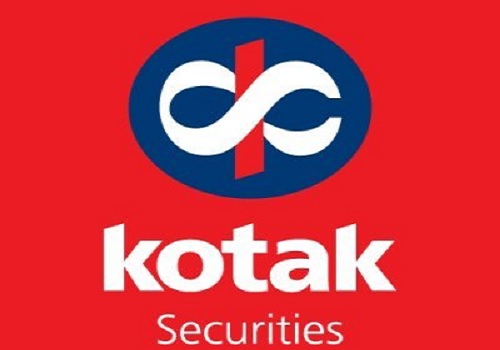India's SEBI limits active debt funds' single-company exposure

India's capital market regulator has placed caps on the share of assets an actively managed fund can park in a single company's debt instruments, though the limit varies based on each issuer's credit rating.
Similar caps already exist for passive funds, such as exchange-traded funds, and are intended to reduce the risk from a fund's assets concentrated in securities of a single company.
"In order to avoid inconsistency in investment by mutual funds in debt instruments of an issuer, irrespective of the scheme being actively or passively managed, it has been decided to introduce a similar credit rating-based single-issuer limit for actively managed mutual fund schemes," SEBI said in a notification on Tuesday.
According to the rules, a mutual fund scheme shall not invest more than 10% of its net asset value in debt and money market securities of companies rated 'AAA'.
For companies rated 'AA', the exposure cannot be larger than 8%, while it is set at 6% for 'A'-rated companies.
The limits can be extended by another 2% with prior approval of the board of trustees and the board of directors of the asset management company, it said.
The norms will be applicable for all new mutual fund schemes launched from Tuesday, while existing schemes will be exempt until the maturity of the underlying debt and money market securities.















